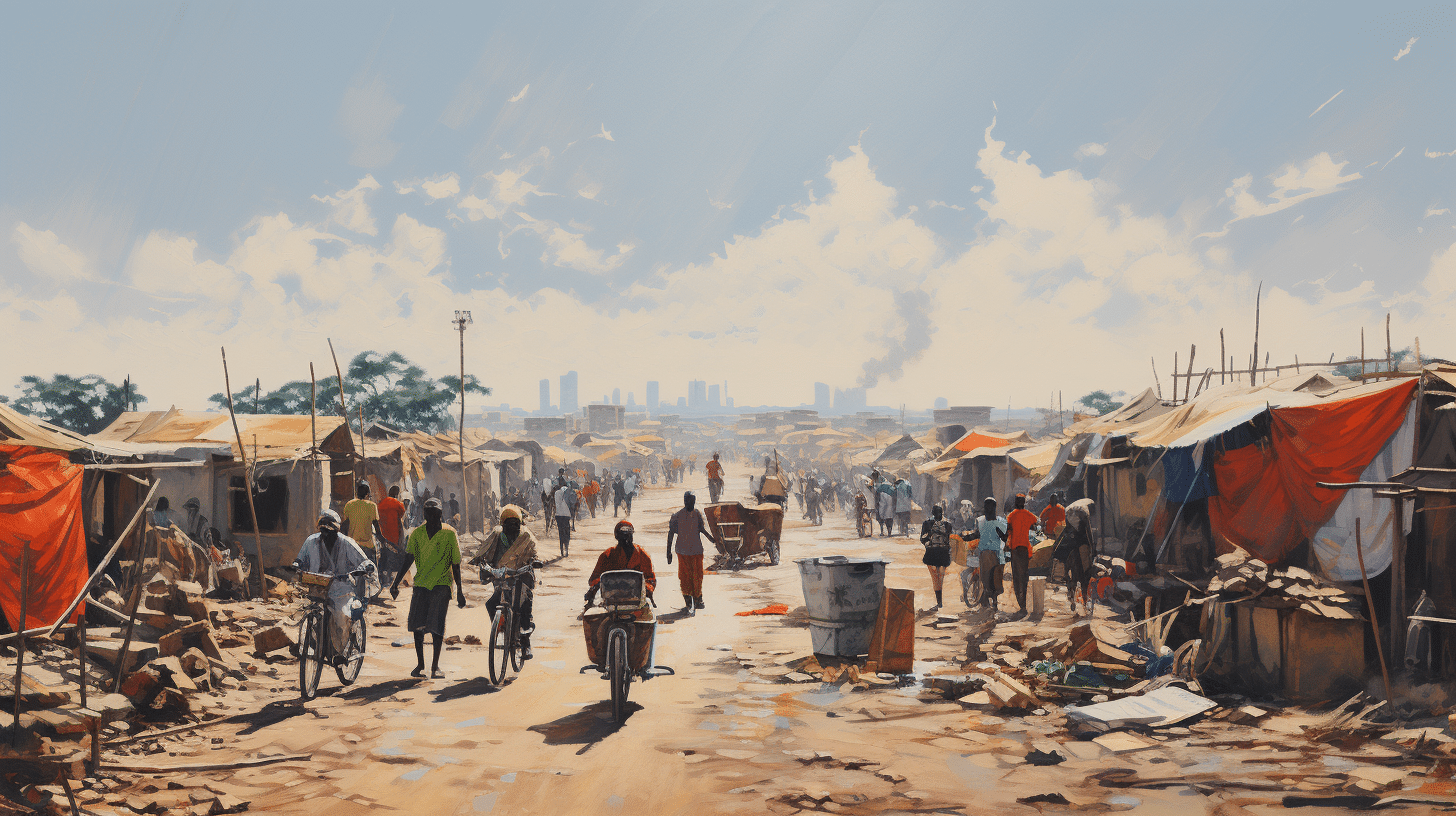It is located in turkana ,the population Kakuma Refugee Camp serves refugees who have been forcibly displaced from their home countries due to war or persecution. It was established in 1992 to serve Sudanese refugees, and has since expanded to serve refugees from Somalia, Ethiopia, Burundi, the Democratic Republic of Congo, Eritrea, Uganda, and Rwanda. According to current UNHCR statistics, the camp population stands at just under 50,000 refugees.
The local Kenyan population is largely comprised of nomadic pastoralists from the Turkana community. According to the 1999 Kenya Census, the population of Kakuma town is 97,114 persons, making it nearly twice as populous as the camp.
Humanitarian Aid and Governance
Kakuma Refugee Camp is administered by the United Nations High Commissioner for Refugees (UNHCR). The UNHCR is assisted in its duties by a wide range of organizations, including World Food Program (WFP), International Organization for Migration (IOM), Lutheran World Federation (LWF), International Rescue Committee (IRC), Jesuit Refugee Services (JRS), National Council of Churches of Kenya (NCCK), Windle Trust Kenya (WTK).
The camp falls under the jurisdiction of the Kenyan Government and the Department of Refugee Affairs. The Kenyan Government to eventually assume full management of Kakuma Refugee Camp.
Environment
Life in the semi-arid desert environment of Kakuma is rather challenging. The area has always been full of problems: dust storms, high temperatures, poisonous spiders, snakes, and scorpions, outbreaks of malaria, cholera, and other hardships. The average daytime temperature is 40 degrees Celsius, or 104 degrees Fahrenheit.
Economy
Due to their legal situation and local environmental conditions, refugees are largely unable to support themselves with income-generating activities. The main reason attributed to the fact is that the condition in the place does not favor farming.
Daily Existence
The camp consists of a small city of thatched roof huts and tents with further mud abodes. Living inside the camp is equally next to prison and exile. Once admitted at the place, refugees do not have the freedom of moving with freedom to any parts of the country.



0 comments